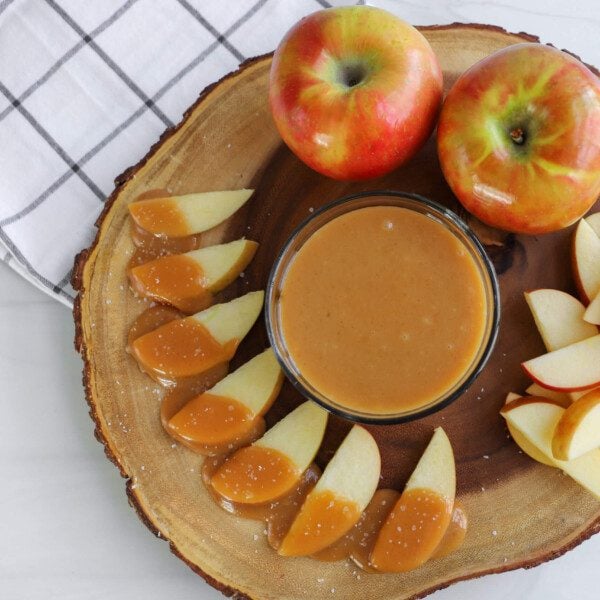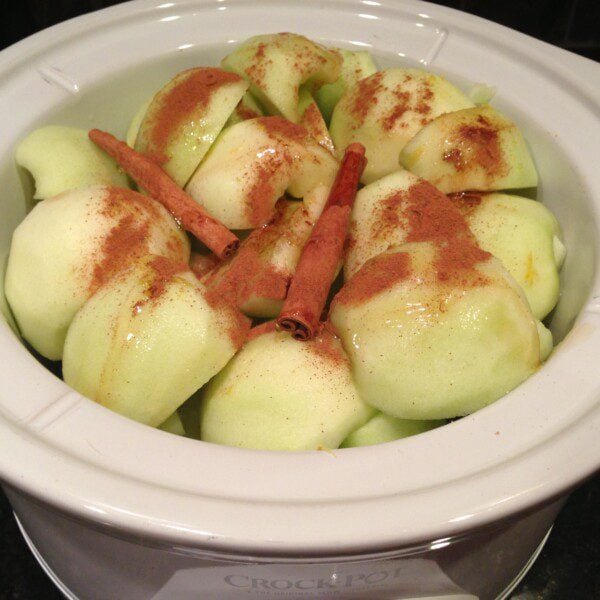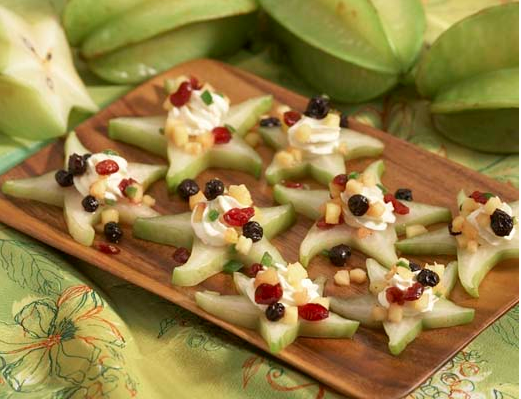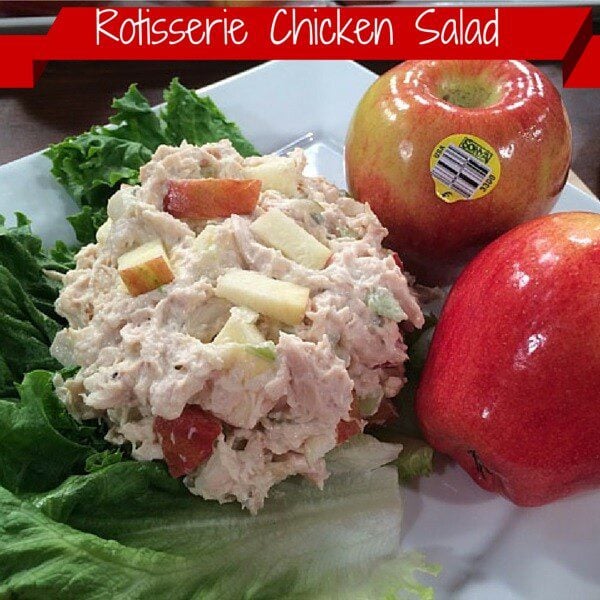How to Select Apples
- Check the whole apple for firmness. Avoid apples that are soft or mushy.
- Examine the apple for any decay, bruising, or damage. The occasional small scrape or blemish is natural.
- Check the color of your apple. Each apple variety turns a specific color (or combination of colors) when ripe, so an apple not matching that color may not be ready to eat.
When are Apples in Season?
Apples are a common, tasty, and healthy fruit that are accessible all year long. Their peak season in the United States lasts from late July to early November. Apples are at their ripest during this period, making them very juicy and flavorful.
Varieties of Apples
There are many different varieties of apples available. The red delicious apple, which has a red-striped exterior and a sweet, crisp body, is the most popular kind. The Granny Smith variety, known for its vivid green peel and acidic flavor, is another common variety. The skin of Golden Delicious apples is a creamy yellow, and they are less sour than Granny Smiths.
There’s the Honeycrisp apple with an especially unique flavor. This type of apple offers a honey-like sweet taste with an extra juicy bite that many find delightful. For those who prefer an even sweeter apple, there’s the Fuji variety. With its bright red color and sugary taste, this type of apple is sure to please any sweet tooth.
For those seeking out apples that are more tart than sweet in taste, the Macintosh is an excellent choice. This deep red-skinned fruit has a juicy texture and sharp flavor that pairs nicely with savory dishes like pork chops or roasted chicken. Similarly, Braeburn apples feature a yellow-orange skin and reddish blush with a pleasantly piquant flavor that adds complexity to salads or slaws.
A lesser known member of the apple family is the Wolf River variety. These large apples have thick skin and dense flesh making them ideal for baking pies or cakes since they hold their shape well during cooking processes.
Finally there’s the Pink Lady variety which offers both sweetness as well as acidity in its flavor profile; they are often slightly tangy yet still juicy in texture when eaten fresh or cooked down into compotes or other recipes calling for tender chunks of fruit.
Apple Nutrition Facts & Benefits
One Medium Apple provides,
- approx 95 calories
- 0 gram of fat
- 1 gram of protein
- 25 grams of carbohydrates
- 19 grams of natural sugar
- 3 grams of fiber
Here are just a few of the many ways that apples can benefit your health:
- Apples are packed with powerful antioxidants. Apples contain natural compounds called polyphenols, which have been linked to a host of health benefits.
- Apples can help reduce cholesterol levels. Eating apples has been linked to lower bad (LDL) cholesterol levels, helping to protect against cardiovascular disease and stroke.
- Apples are a great source of dietary fiber. Eating apples can help keep you feeling fuller for longer, and can help to regulate digestion.
- Apples contain a variety of vitamins and minerals, including vitamin C, potassium, magnesium, and iron.
How to Store Apples
- Apples should be stored in a humid location in temperatures from 30 to 35° F – making your refrigerator the perfect spot. Most apple species will thrive in your crisper drawer. But if space in your fridge is limited, you can also store them on the counter.
- To stay fresh for as long as possible, apples need humidity. To give them the ideal environment, keep them in a plastic bag with holes in it – some apples come pre-packaged in bags like these. Alternatively, cover your apples in a damp paper towel.
- Sliced apples can also be stored for 3-5 days. To prevent browning, toss the apple slices in a small amount of lemon juice.
- Whole or sliced apples can be frozen, though it will change their texture. When thawed, these apples are best used in cooking.
How to Prepare Apples
One of the most popular ways of preparing apples is to simply slice them up and eat them as-is. This makes for a tasty snack and provides a healthy dose of vitamins, minerals, and dietary fiber. Another classic way to prepare apples is to bake them in pies or tarts, adding complementary ingredients such as cinnamon, sugar, or nuts to enhance the flavor. Apples can also be cooked on the stovetop with butter and brown sugar, creating an appetizing caramelized glaze that goes great alongside pancakes or waffles.
For those looking for something a bit healthier than sugary desserts, there are many savory recipes featuring apples as well. For example, chopped apples can be cooked with onions and bell peppers in olive oil to create a flavorful side dish that goes perfectly with steak or pork chops. Apples can also be used in salads – they pair especially nicely with greens like spinach or kale – and make for an excellent addition to charcuterie boards as well. Applesauce is another favorite way to enjoy this versatile fruit; it’s easy to make (simply cook apples with some water until soft) and works great as either a stand-alone snack or accompaniment to roasted meats or potatoes.
Don’t forget about apple cider! This traditional beverage can easily be made at home by simmering apples in water until soft and then pressing the juice out through a cheesecloth. Apple cider is often spiced with cinnamon sticks or other herbs before being served warm on cold days; it’s also commonly used as an ingredient in marinades, sauces, dressings, soups, stews, etc., adding warmth and depth of flavor wherever it’s used. As you can see there are so many delicious ways to prepare this nutritious fruit!
How to Serve Apples
Recipes
Homemade Caramel Apple Dip
Recipes
Crockpot Applesauce
Recipes
Skillet Apple Cake
Recipes
Tuscan Apple Cake
Recipes
Star Fruit Bruschetta
Recipes
Grilled Honeycrisp Apples
Recipes















